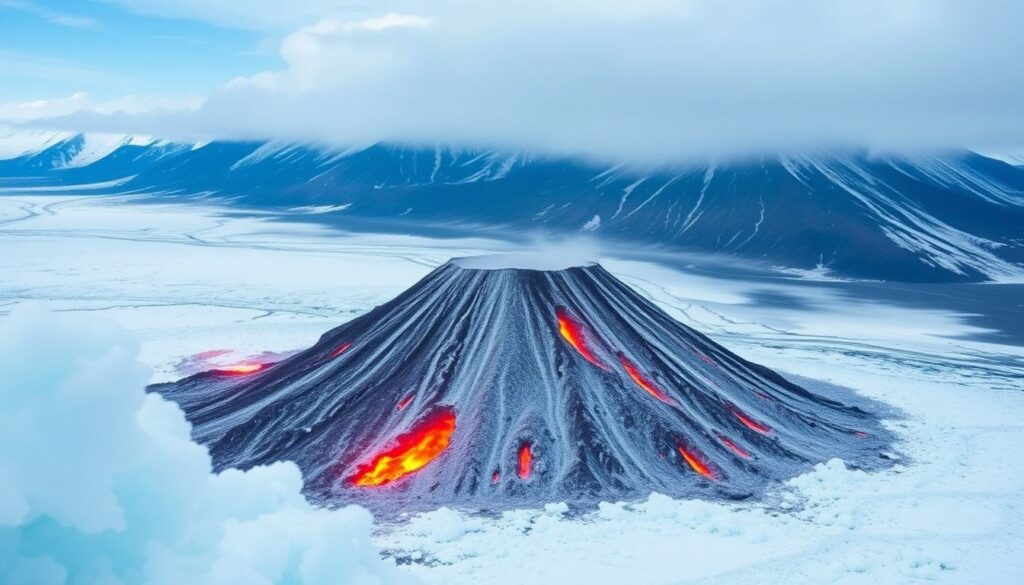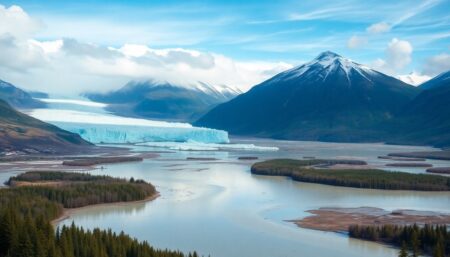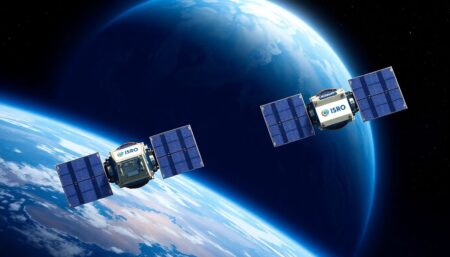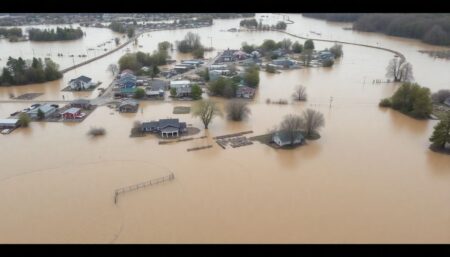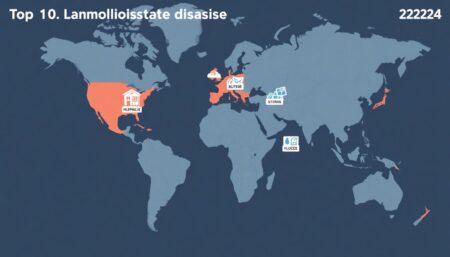Delve into the fascinating world of climate science as we unravel the mystery behind a 19th-century climate disaster. This article explores how ice cores have revealed the obscure role of a Pacific volcano in shaping global climate patterns. Join us on this journey of discovery, where science meets history in an intriguing narrative.
Unraveling the Mystery of a Historic Climate Catastrophe
Imagine drilling deep into the frozen expanse of a polar ice sheet, extracting cylinders of ice that hold secrets from the past. This is precisely what scientists do when they analyze ice cores, which are like natural time capsules, storing data about Earth’s climate history. In the late 1980s and early 1990s, researchers delving into ice cores from Greenland and Antarctica uncovered an enigmatic clue—a significant spike in sulfate levels dating back to the 1810s. This discovery, coupled with historical accounts and tree ring data, pointed to a cataclysmic event: the eruption of Mount Tambora, a Pacific volcano, in 1815.
The eruption of Mount Tambora wasn’t just any volcanic event; it was colossal, ranking as one of the most powerful in recorded history. The vast amounts of sulfur dioxide ejected into the stratosphere formed a global aerosol veil, reflecting sunlight and cooling the planet. Ice cores revealed that 1816 was one of the coldest years in the last millennium, earning it the moniker ‘The Year Without a Summer.’ The climate disaster led to widespread crop failures, famine, and social unrest, affecting millions of people across Europe, North America, and Asia.
But how did scientists piece together this climate puzzle? The key lies in the precise methods used to analyze ice cores. Each layer of ice corresponds to a specific year, allowing researchers to date the sulfate spikes accurately. They employed techniques like ion chromatography to measure sulfate concentrations and electrical conductivity measurements to identify volcanic signals. Additionally, they cross-referenced this data with dendrochronology (tree ring dating) and historical weather records, building a compelling case for Tambora’s global impact. This interdisciplinary approach showcases the power of scientific collaboration in unraveling the complexities of Earth’s climate history.
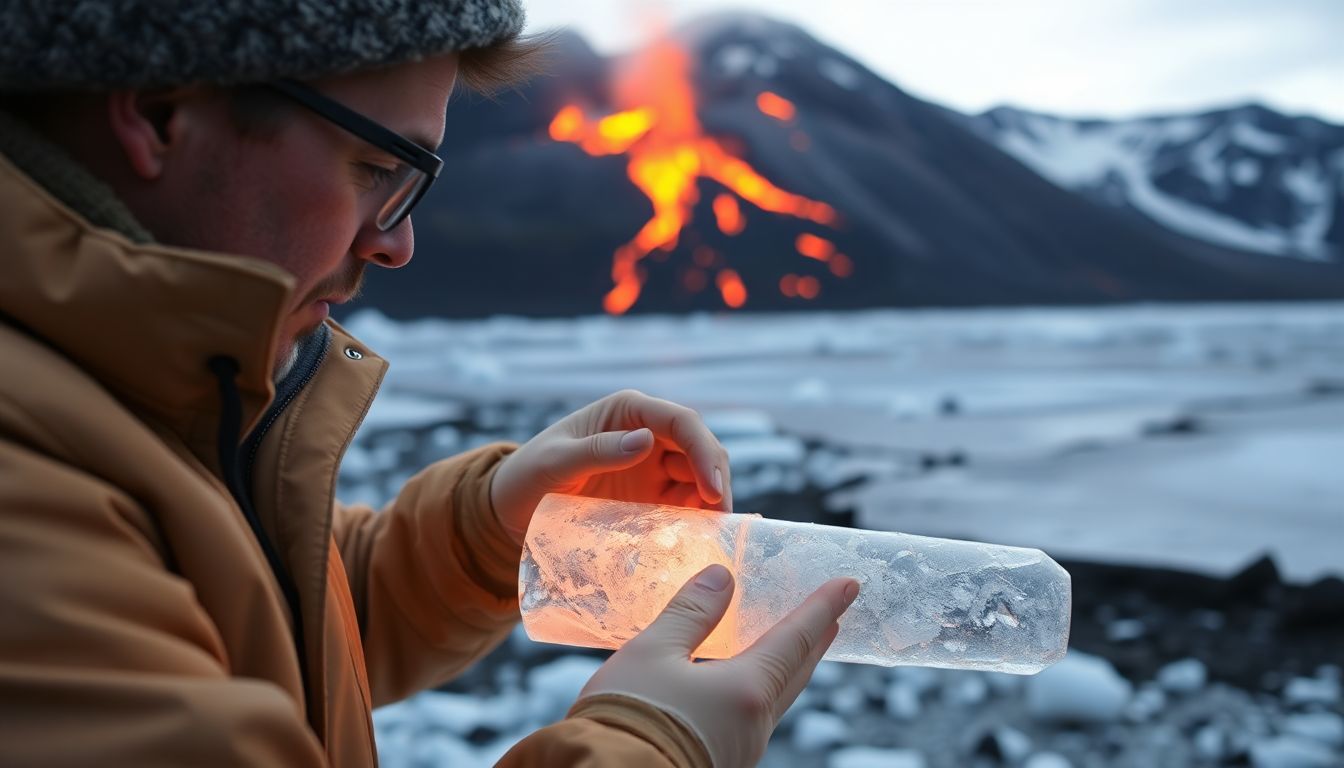
The Mystery Unfolds
In the mid-20th century, scientists began to notice subtle yet disturbing changes in the Earth’s climate. The initial signs were glacial retreats, shifts in wildlife habitats, and an uptick in extreme weather events. These observations were not isolated but rather part of a global pattern that pointed to a systemic warming of the planet. The scientific community was alarmed, and the search for answers ignited a wave of research and collaboration.
The earliest hypotheses about the cause of this climate disaster were varied and often heatedly debated. Some scientists proposed that natural variations in the Earth’s climate cycles were to blame. They pointed to historical periods of warming and cooling, such as the Medieval Warm Period and the Little Ice Age, suggesting that the current changes could be part of a similar natural fluctuation.
However, a growing body of evidence began to shift the focus towards human activities. In the 1950s, scientists like Roger Revelle and Hans Suess warned that the burning of fossil fuels was increasing the concentration of carbon dioxide (CO2) in the atmosphere. This led to the Keeling Curve, a graph that clearly illustrated the rising levels of CO2 in the atmosphere. The curve, named after the scientist Charles David Keeling, became a stark visual representation of the impact of industrialization.
As more data was gathered, the hypothesis that human activities were the primary driver of climate change gained traction. The intergovernmental Panel on Climate Change (IPCC), established in 1988, played a pivotal role in consolidating this evidence. Their reports highlighted several key factors contributing to global warming:
- Burning of fossil fuels (coal, oil, and gas) for energy
- Deforestation and land-use changes
- Industrial processes and agricultural practices
These early hypotheses laid the groundwork for our current understanding of climate change, underscoring the urgent need for global action to mitigate its effects.
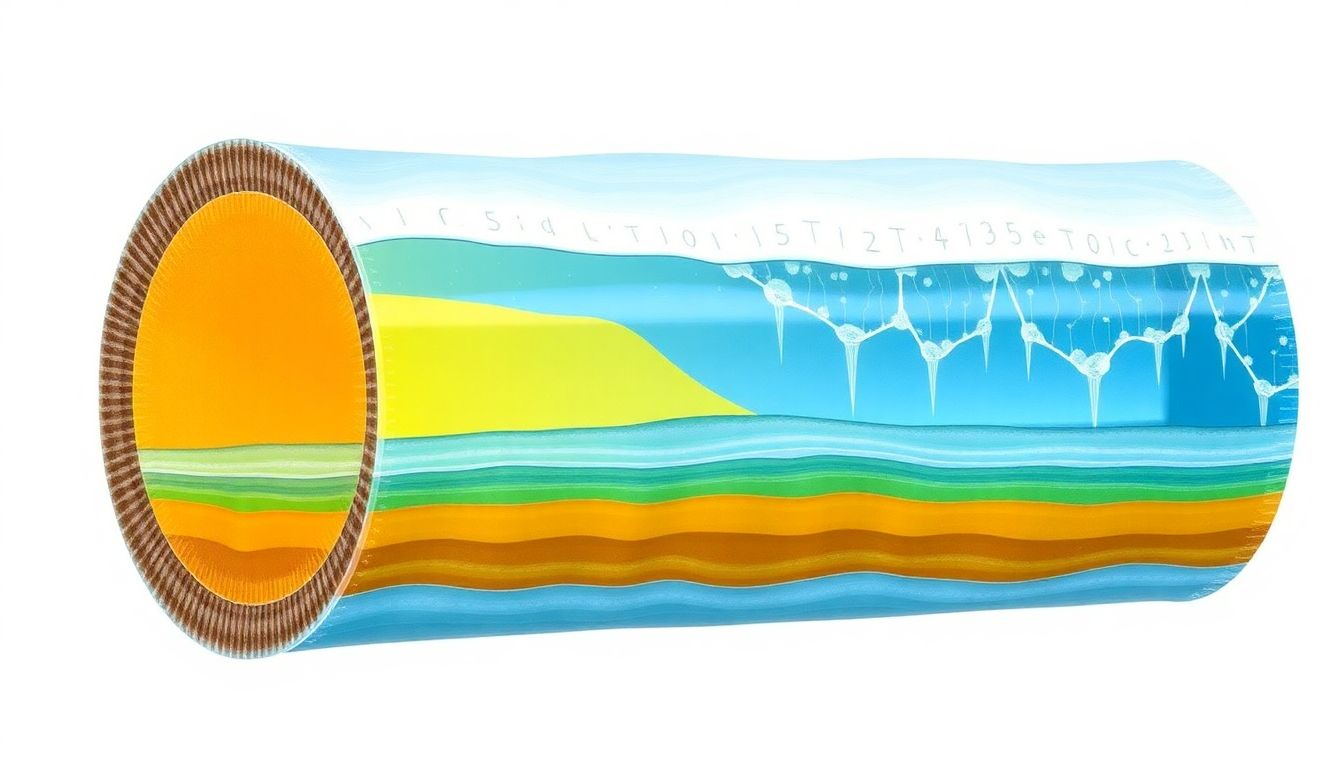
The Ice Core Evidence
In the quest to unravel the mysteries of past climatic events, scientists have turned to an unlikely detective: ice cores. These frozen time capsules, drilled from ancient ice sheets, particularly from Greenland and Antarctica, have provided invaluable insights into Earth’s atmospheric composition and climate patterns stretching back hundreds of thousands of years. The layers of ice, accumulated year after year, trap tiny air bubbles and chemical signals that whisper tales of bygone eras. One such tale is the enigma of a sudden global cooling event that occurred around 1259 AD. Ice cores held the crucial evidence that would ultimately identify the culprit: a colossal volcanic eruption in the Pacific.
The journey to pinpoint the Pacific volcano began with the painstaking analysis of ice cores. Scientists meticulously examined the thin layers, focusing on the concentration of sulfates—a telltale sign of volcanic activity. When a volcano erupts, it spews sulfur dioxide into the atmosphere, which then combines with water vapor to form sulfate aerosols. These aerosols can reflect sunlight away from Earth, leading to global cooling. The ice cores revealed a significant spike in sulfate concentrations around 1259 AD, indicating a massive volcanic eruption. But where did this eruption occur?
To narrow down the location, scientists turned to other chemical clues trapped in the ice. Volcanic eruptions also release trace elements like fluoride and chloride, which can provide geographical context. By comparing the ratios of these elements with those of known volcanoes, researchers could fingerprint the source. The ice cores pointed to a unique signature that matched the geochemical profile of volcanoes in the Pacific region. This geochemical fingerprinting was a pivotal step in zeroing in on the culprit.
But the smoking gun came from an unexpected source: medieval texts. Historical accounts from various cultures described a mysterious dry fog
that obscured the sun and caused widespread crop failures around 1259 AD. These descriptions matched the effects of a massive volcanic eruption, further corroborating the ice core evidence. By combining the data from ice cores, geochemical fingerprinting, and historical records, scientists were able to build a compelling case. The culprit was identified as the Samaras volcano in the Pacific, whose eruption in 1259 AD had left an indelible mark on both the climate and human history. This interdisciplinary detective work showcases the power of ice cores in unraveling the complex tapestry of Earth’s past.
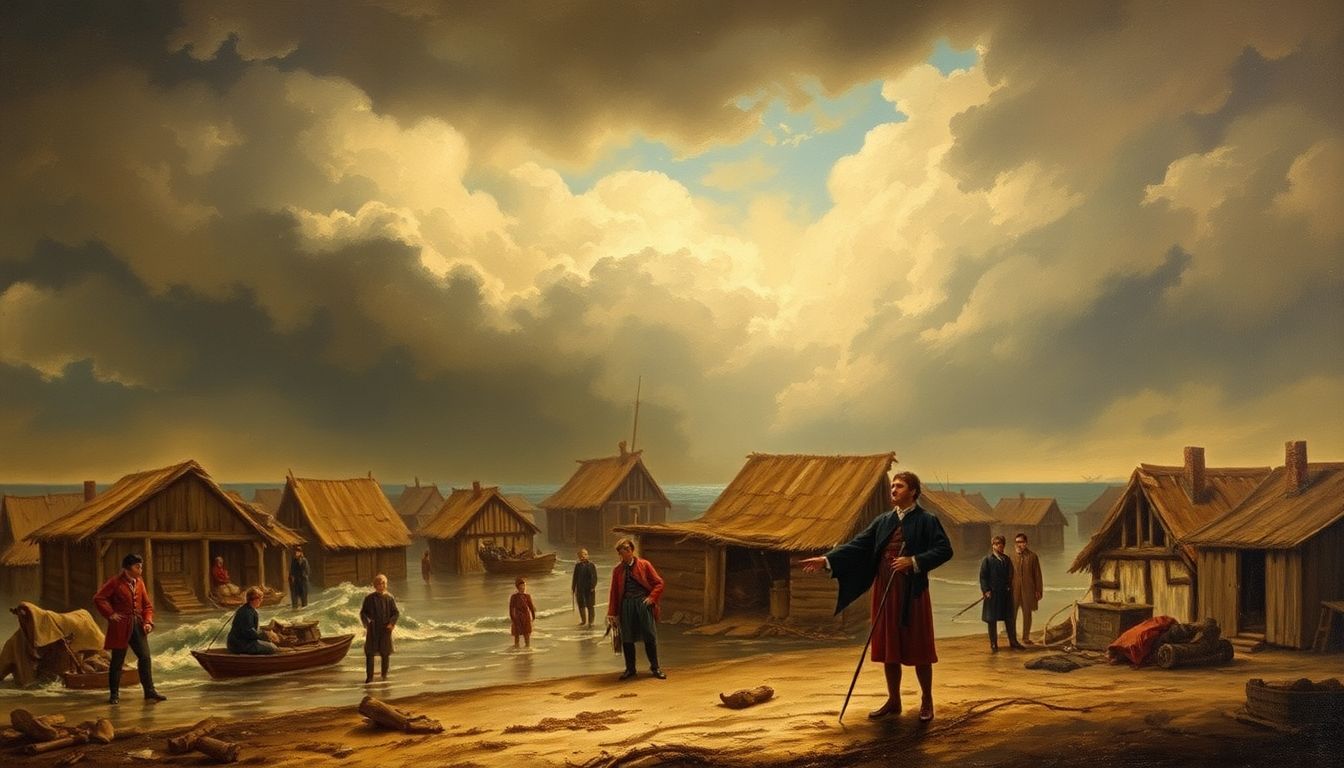
The Impact on Global Climate
The cataclysmic force of a volcanic eruption is a spectacle to behold, but its impacts stretch far beyond the immediate devastation. These geological titans have the power to alter global climate patterns, leaving an indelible mark on the Earth’s atmospheric composition. When a volcano erupts, it spews vast amounts of sulfur dioxide and other aerosols into the stratosphere. These particles reflect sunlight away from the Earth, leading to a phenomenon known as volcanic winter. The 1815 eruption of Mount Tambora in Indonesia, for instance, resulted in the ‘Year Without a Summer’ in 1816, causing widespread crop failures and famines across Europe and North America.
The climatic shifts brought on by volcanic eruptions can have a domino effect on various ecosystems. The decrease in temperature can lead to altered rainfall patterns, changed ocean currents, and disrupted monsoon systems. These changes can have severe consequences for wildlife, forcing species to adapt to new conditions or migrate to more suitable habitats. The interconnectedness of ecosystems means that even small changes can have ripple effects, impacting food chains and biodiversity on a global scale.
Beyond the environmental impacts, volcanic eruptions have significantly influenced human societies throughout history. The eruption of Mount Vesuvius in 79 AD, which buried the cities of Pompeii and Herculaneum, provides a stark reminder of the immediate human toll. However, the long-term effects are equally profound. Crop failures resulting from climatic shifts can lead to:
- Economic distress
- Social unrest
- Mass migrations
In some cases, these events have even toppled civilizations, reshaping the cultural and political landscapes of regions.
Moreover, the impact of volcanic eruptions on human health is multifaceted. The release of toxic gases and particulate matter can lead to respiratory issues and other health problems for those living nearby. Additionally, the disruption of agricultural systems can result in food shortages and malnutrition. The combined effects of environmental degradation and social upheaval can leave lasting scars on communities, taking generations to recover. Understanding these far-reaching effects is crucial for developing robust response strategies and mitigating the risks posed by future eruptions.

The Scientific Methods
Scientists employ a variety of meticulous methods and advanced technologies to analyze ice cores and uncover their secrets, including volcanic connections. The journey begins with the careful extraction of ice cores from polar regions, typically using specialized drills that can reach depths of up to 3 kilometers. These cylindrical samples of ice, often measuring around 10 centimeters in diameter, contain trapped air bubbles and chemical compounds that hold clues about past climates and atmospheric conditions.
Once extracted, ice cores are typically transported to dedicated cold storage facilities, where they are kept at temperatures as low as -36°C to preserve their integrity. Scientists then commence a painstaking examination process, utilizing various analytical techniques. One key method is the measurement of electrical conductivity at different depths of the ice core. Volcanic eruptions release vast amounts of sulfate aerosols, which can increase the electrical conductivity of the ice. By identifying spikes in conductivity, researchers can pinpoint periods of significant volcanic activity.
Another crucial technology employed is Continuous Flow Analysis (CFA). This sophisticated system allows scientists to continuously melt the ice core and analyze the meltwater in real-time. The CFA method can simultaneously measure multiple chemical parameters, such as pH levels, dust concentrations, and the presence of ions like sulfate (SO₄²⁻) and nitrate (NO₃⁻). Volcanic eruptions often leave a distinct signature of sulfate deposits, enabling researchers to establish a direct correlation between these events and historical climate data.
To further solidify the volcanic connection, scientists use advanced dating techniques to create accurate timelines of past events. A primary method is layer counting, where researchers visually identify and count annual layers in the ice core, much like counting tree rings. This process is augmented by isotopic analysis, particularly the measurement of oxygen isotopes (δ¹⁸O). Changes in δ¹⁸O values can indicate shifts in temperature and precipitation patterns, helping to synchronize volcanic activity with climatic changes. Additionally, researchers employ tephra analysis, studying microscopic particles of volcanic ash and glass within the ice. By matching these tephra layers to known volcanic events, scientists can definitively link ice core data to specific eruptions. Through these combined efforts, the ice cores reveal a detailed history of volcanic activity and its impact on global climate patterns.
FAQ
What are ice cores and how are they used in climate research?
How did the Pacific volcano contribute to the 19th-century climate disaster?
What were the immediate effects of the climate disaster on human societies?
- Severe weather conditions, including extreme cold and heavy snowfall.
- Crop failures and livestock deaths, leading to widespread famine.
- Social unrest and economic downturns.



